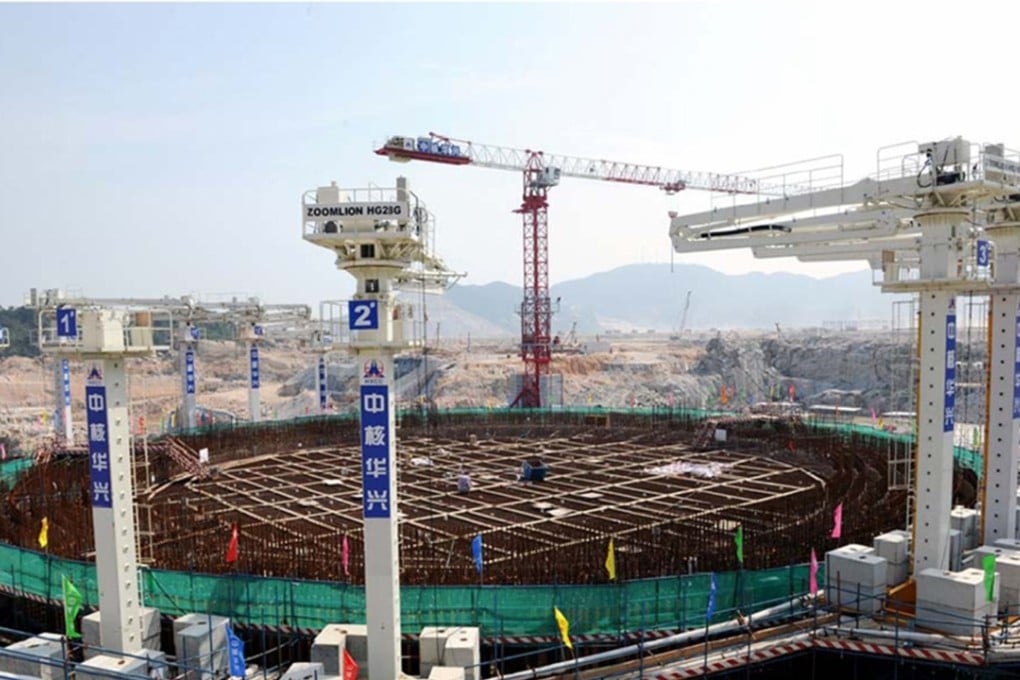Beyond the China Syndrome: Thermal reactor breakthrough in Beijing could end nuclear waste problem and remove meltdown threat
Beijing mulling ambitious plan to get first accelerator-driven sub-critical nuclear reactor up and running in Guangdong province by 2025; competing teams are suggesting different models

Chinese scientists have moved a step closer to being able to run a nuclear reactor without generating a chain reaction, a development that could remove the risk of a meltdown while also getting rid of masses of nuclear waste in a faster and safer way.
All reactors today rely on chain reactions, but these can spiral out of control and result in massive explosions, as was the case with the Chernobyl disaster in Ukraine in 1986.
They also generate large amounts of radioactive waste that can take millions of years to safely biodegrade.
READ MORE: China’s nuclear power equipment makers deserve a closer look, say analysts
The Chinese team experimented with a new approach to resolve both issues by working on proton beams that could potentially be used in a sub-critical reactor.
Nuclear scientists have dreamed of building one of these for decades, but until now they remain a theoretical construct due to various scientific challenges.

The Chinese team used an external high-energy proton beam to generate and sustain the process of nuclear fission. As a result, the nuclear fuel stopped burning as soon as the beam was cut off. This removes the risk of chain reaction, which is used by today’s reactors to sustain nuclear fission, or the splitting of atoms.
